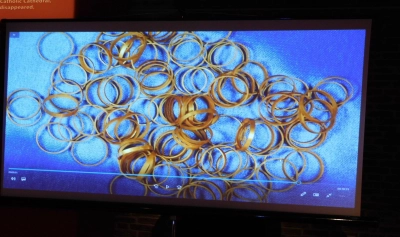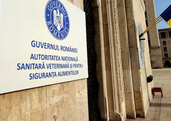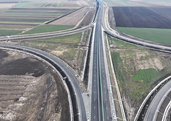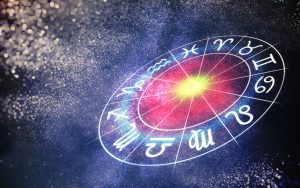In a find that is unique in Europe, Cris Land Museum (MTC) archaeologists unearthed an extraordinary treasure that includes 169 gold rings, at a site located near the road connecting Oradea city to the A3 highway.
"It's a phenomenal discovery. Such a treasure is a one of a kind in Central and Eastern Europe. It's rather peculiar because gold crafting was just at the beginning in the Eneolithic. It appears to be the tomb of an extremely wealthy woman. We don't know who she was. We will organize another presentation of the treasure when everything is ready," MTC director, historian Gabriel Moisa told AGERPRES.
Some of the gold rings and mother-of-pearl beads were put on display in a showcase during the press conference; the treasure will be presented in its entirety after C14 dating, DNA analyses and anthropological research are carried out.
According to the coordinator of the archaeological sites, PhD archaeologist Calin Ghemis, the gold treasure, which is estimated to date back to around 4500 BC, is the most important and relevant discovery from an archaeological and heritage point of view, with "an extremely rich inventory for the Copper Age."
"It contains 169 gold rings, 800 mother-of-pearl beads and a multi-spiral copper bracelet. The gold hoard is a sensational find for that period, considering that the total number of gold pieces have been found so far in the Carpathian Basin is just 150. But here there are more than 160 in just one inventory. The gold rings weigh over 200 grams, they are now being cleaned in the laboratory. It's alluvial gold, obtained by sand washing, because that's what was used in prehistoric times, not gold from vein exploitation," specified Calin Ghemis.
MTC archaeologists carried out their research work in collaboration with other institutions, between March 29 and June 25, under the coordination of PhD archaeologist Calin Ghemis (Cris Land Museum), together with Dr. hab. Molnar Kovacs Zsolt (Lecturer at the Faculty of History and Philosophy of the Babes - Bolyai University in Cluj-Napoca), PhD Adrian Ursutiu (UBB Archaeo Center - Institute of Archeology and Art History in Cluj-Napoca) and Lecturer Florin Sfrengeu (University of Oradea).
Several vestiges belonging to various cultural and chronological layers were discovered (Neolithic, Bronze Age, La Tčne Age, Sarmatian settlements, Roman Barbaricum, Medieval Age, 18th century necropolis), the results being of particular importance. The inventory of the sites consists of ceramics, osteological material and tools. AGERPRES

































Comentează